On the morning of November 25, Minister of Education and Training Nguyen Kim Son presented to the National Assembly the Government's Proposal on the National Target Program on Modernization and Improvement of Education and Training Quality for the 2026-2035 period (Program). If approved, the education sector will have resources to comprehensively modernize the national education system, creating fundamental and strong changes in the quality of education and training and ensuring fairness in access to education.
Breakthrough investment package
The program is built to realize the Party's policies, the State's laws, strategies, planning, and socio -economic development plans of the country in general and the education sector in particular; especially focusing on promoting the achievements and results obtained in the past time and focusing on urgent issues that still have many difficulties and obstacles, needing support from the State budget to create breakthroughs.
The Program implementation period is 10 years, from 2026 to 2035, divided into 2 phases. Phase 2026 - 2030, focuses on solving the limitations and challenges arising in the past; implementing and completing all or partially completing a number of key targets requiring support from the State budget set out by 2030 in Resolution No. 71-NQ/TW and related regulations.
In the period 2031 - 2035, continue to build and deploy the tasks and goals set up to 2035. Specific goals to standardize and modernize the entire education and training system, creating a fundamental and strong shift in the quality of education and training are also set out. The total resources mobilized to implement the Program in the period 2026 - 2035 is about 580,133 billion VND.
Associate Professor, Dr. Tran Thanh Nam - Vice Rector of the University of Education (Hanoi National University) said that this Program marks the transition to a "superior, modern, equitable and quality education" serving Vietnam's rise in the knowledge economy. This demonstrates the determination to realize the strategic directions of Resolution 71-NQ/TW of the Politburo , creating momentum for us to escape the middle-income trap.
One of the key contents of the Program is to standardize 100% of preschool and general education facilities by 2035, thoroughly resolving the current situation of 3,000 borrowed/resourced classrooms and 2,500 classrooms in emergency situations. This is not only about building facilities but also restructuring learning spaces according to the STEM/STEAM model, eliminating the "subsidy" mindset in resource allocation.
The second focus is comprehensive digital transformation with the goal of 95% of teachers and 70% of students being trained in AI and educational technology by 2030. This will create an “adaptive education” system, in which AI plays the role of a teaching assistant according to ethical standards and responsibilities set by humans, freeing teachers to guide and develop creative thinking.
Sharing the same view on the breakthrough investment package, Associate Professor Dr. Le Hoang Anh - Head of the Department of Financial Technology, Banking University of Ho Chi Minh City, affirmed that the investment package of 580,133 billion VND in 10 years is completely reasonable in the current budget context.
He cited that the budget for education is expected to reach 630 trillion VND by 2026, accounting for at least 20% of total state budget expenditure. Regarding capital structure, he found that the allocation of responsibilities among levels is relatively reasonable, with the central budget accounting for 60.2%, the local budget 19.9% and the counterpart capital of educational institutions 15.4%.
Associate Professor Dr. Le Hoang Anh added that the investment package was divided into 5 projects by the Government, including the project to ensure general education facilities with a total capital of 202 trillion VND; the project to modernize vocational education with a total capital of nearly 60 trillion VND; and the project to enhance facilities for higher education institutions with a total capital of 277 trillion VND. The project to develop the teaching staff alone has a total investment of only 38,800 billion VND.
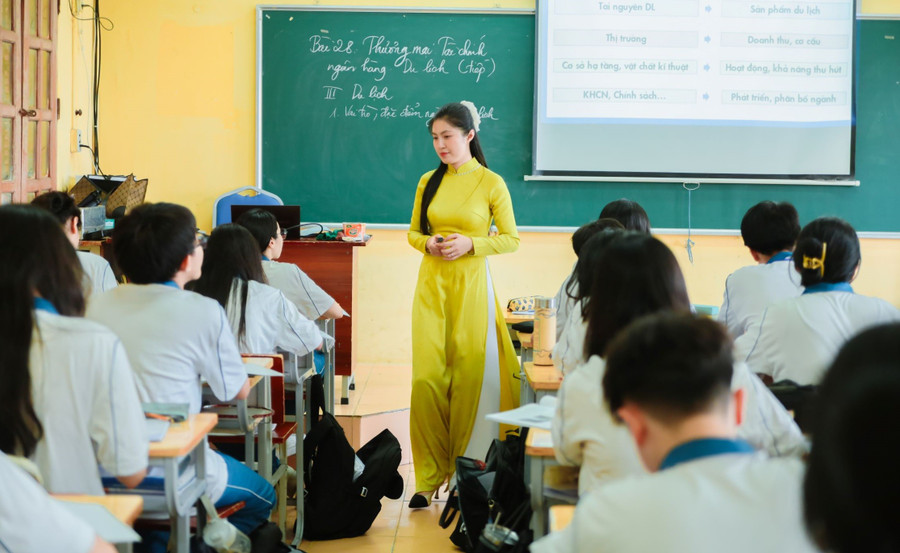
Carefully review cost structure and clearly define investment content.
Ms. Tran Thi Thuy Ha - Head of the Department of Culture and Society of the People's Committee of Hoa Xuan Ward (Da Nang City) said that public investment reflects the State's level of attention to infrastructure, thereby creating a foundation for cultural, economic and educational development.
In education, large amounts of capital from the State budget to build and upgrade schools and equipment not only demonstrate the system's concern but also help reduce regional disparities, ensure social equity and improve teaching and learning efficiency. "If public investment is given due attention and infrastructure is ensured, the quality of education will improve significantly," Ms. Ha affirmed.
However, there needs to be a balance in the structure of public investment and regular expenditure for education. According to the draft, regular expenditure for education accounts for only 12% in the initial stage and 7.5% in the later stage. Meanwhile, regular expenditure includes not only salaries but also expenses for maintenance, upkeep, learning materials, equipment, professional activities and teacher training and development. In other countries, regular expenditure reaches 75-80% of the total education budget. “At the current rate, training teachers to use modern equipment in schools is very difficult to implement,” she warned.
According to Ms. Tran Thi Thuy Ha, it is necessary to clarify the criteria of the program to build “modern schools”. The current concept is still vague, not clearly stating that a modern school includes facilities, people, programs, documents, learning materials and equipment. And to build this program, it is necessary to review and coordinate previous regulations on purchasing and equipping facilities.
For example, kindergartens today must equip teaching aids, toys, and equipment according to Circular 02, even though they are outdated and not suitable for modern teaching and learning needs. Without a legal basis, schools will not be able to equip appropriately, which means that the teaching staff will also have difficulty accessing modern standards.
In investing in building schools and classrooms, according to Ms. Tran Thi Thuy Ha, land is also an important issue, especially in urban areas. In Hoa Xuan ward, schools are currently overloaded, but the land fund to build new schools is almost gone.
Ms. Ha asked: Does the investment package take into account land for education or just focus on building facilities? Even investing in building schools in mountainous areas is not a simple matter, because many areas have many small schools. “If only one large school is built at the main location, students at small schools will not benefit. The important thing is how to get children to school as close and conveniently as possible,” Ms. Ha analyzed.
Ms. Tran Thi Thuy Ha said that it is necessary to consider the inconsistency between the criteria for national standard schools and the goal of building modern schools. Currently, the rate of standard schools in central and urban areas is lower than that in suburban areas, showing that the allocation method does not reflect actual needs. In addition, the determination of investment levels for each unit and region needs to be clear, based on the specific characteristics and actual needs of each locality.
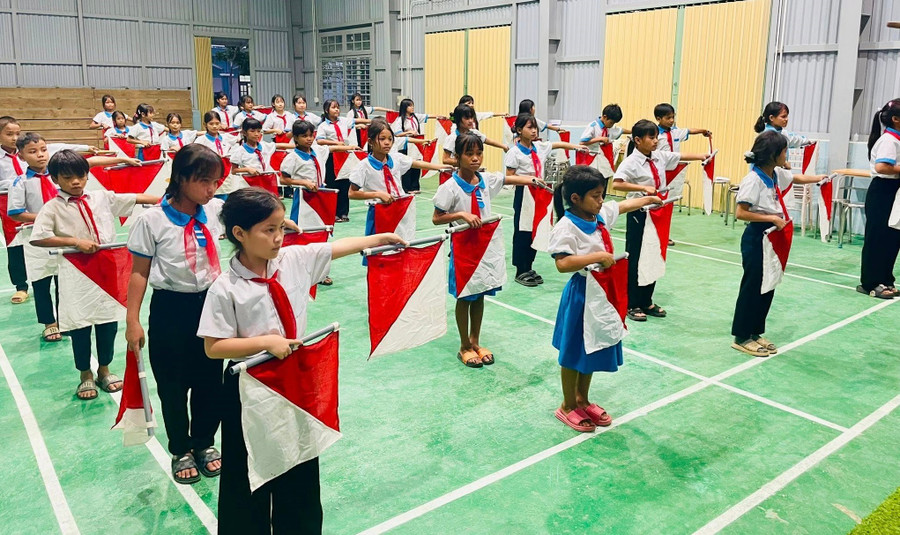
Therefore, according to the Head of the Department of Culture and Society of Hoa Xuan Ward, public investment in education is necessary, with the meaning of infrastructure and social equity, but it is necessary to carefully review the cost structure, clearly define the investment content, update regulations on equipment and procurement, and take into account the specific conditions of each region. Only when these issues are clarified, the investment package will be truly effective and contribute to improving the quality of education according to the national goals.
Meanwhile, Mr. Vo Dang Chin - Principal of Tra Nam Primary and Secondary Boarding School for Ethnic Minorities (Tra Linh Commune, Da Nang City) said that in mountainous areas, it is necessary to replicate the inter-level boarding model that the State is focusing on building in border communes.
“For village schools to teach two sessions a day with one teacher, without teachers for specialized subjects such as Music, Foreign Languages, Physical Education, Information Technology, etc., students cannot develop comprehensively in culture, arts, and sports. When they finish school, they cannot reach out to friends or study in groups, making it difficult to improve Vietnamese regularly,” Mr. Vo Dang Chin analyzed.
Each village school has only about 20 students but must have at least one teacher. Meanwhile, if students are transferred to the main school, the school does not have to disperse resources but has the conditions to improve the quality of comprehensive education and ensure that students have equal enjoyment.
In addition, in purchasing equipment and teaching aids, it is also necessary to change the investment perspective, in the context that the Education and Training sector advocates investing in building smart schools. Schools can replace real experiments with virtual experiments, simulation models, etc.
However, to effectively apply information technology and artificial intelligence in teaching, it is necessary to invest more in teacher training to avoid teachers abusing presentations instead of writing on the board; there needs to be a clear evaluation mechanism and motivation for career development.
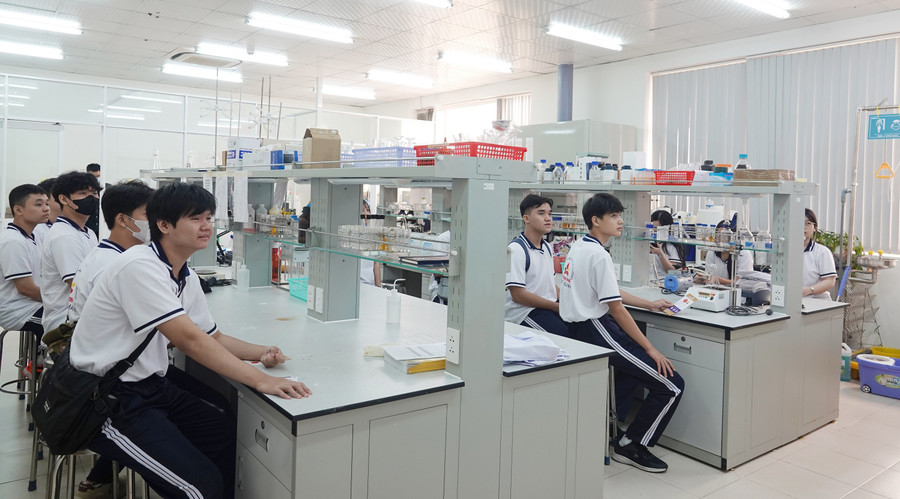
Efficient use and close monitoring of resources
From a professional perspective, Associate Professor Dr. Tran Hoai An - Party Committee Secretary, Chairman of the Council of Vietnam Aviation Academy (Ho Chi Minh City) said that the total capital of more than 580 trillion VND in 10 years is a huge investment, many times larger than previous programs, demonstrating the Government's high priority for education and training. However, he said that the feasibility and overall effectiveness of this investment will depend significantly on the capital structure, allocation method and implementation mechanism.
Regarding capital structure, although the central budget capital accounts for the majority (about 60.2%), helping to reduce pressure on local budgets, Associate Professor Dr. Tran Hoai An pointed out two major challenges.
Firstly, securing a capital source of more than VND 580 trillion from total public expenditure in 10 years is a big challenge, while in reality the proportion of state budget expenditure for education in Vietnam often does not reach the minimum level of 20% of total budget expenditure as prescribed by the Law on Education.
Second, the counterpart capital mechanism requires universities and vocational training institutions to mobilize up to tens of thousands of billions of VND (Phase 1: 20,429 billion VND; Phase 2: 68,645 billion VND) which is considered unfeasible for many public schools.
Regarding capital allocation, he analyzed that higher education received the largest capital share of VND227,000 billion (accounting for nearly 47.75% of total capital in 10 years), aiming to upgrade and modernize key higher education institutions to reach regional and world standards, creating breakthroughs in science, technology and innovation.
This strategic shift shows a roadmap and focus on investment thinking, with Phase 2 (2031 - 2035) shifting the focus to higher education, when the proportion skyrockets to 52.47% of the total capital of the phase.
However, Associate Professor Dr. Tran Hoai An expressed deep concern about the imbalance in the investment structure: Public investment capital (construction, infrastructure upgrade, equipment purchase) accounts for too high a proportion, respectively 83.9% and 90.3% of the total capital in the two phases, leading to the risk of spreading and waste. Meanwhile, regular expenditure (investment in people such as salaries, training, basic research) accounts for only 10.9% and 5.5%, showing the disproportionate investment in "quality" (people) compared to "quantity" (facilities).
Regarding the investment budget ratio, according to the proposal, the central budget accounts for 60.2%. Associate Professor, Dr. Tran Thanh Nam said that this demonstrates the Government's guiding and guiding role for a national program.
He proposed that instead of spreading the budget evenly, the central budget should focus on 20% of projects that bring 80% of the impact. The proportion of local budgets needs to be studied to have clear mechanisms, otherwise it will create a gap in education quality and shirk responsibility.
At the same time, there should be minimum regulations on the percentage of local budget spent on education if the locality wants to benefit from the State budget. With the proportion of counterpart capital of universities and colleges, there should be research to classify, ensuring that it does not exceed the financial capacity of schools in different groups of fields.
Substantive PPP mechanisms should be encouraged. Other sources of capital should be managed in the form of the Vietnam Education Innovation Fund on the basis of partial equitization of educational assets, issuance of educational bonds; mobilization of preferential international financial resources, and ODA capital sources.
“In addition, the biggest blind spot is the need to establish a risk matrix for duplication between the program's projects and other national programs such as the National Target Program for Socio-Economic Development in Mountainous and Ethnic Minority Areas; or the National Digital Transformation Program being implemented. There must be a focal point responsible for reviewing duplication to avoid waste.
The capital of 580,133 billion VND is not much compared to the 3.5% of GDP spent on education of the country. If we make good use of it, it will be like the economy taking advantage of the golden population period to develop. When resources are increased, the key issue is to manage and use them effectively, avoiding loss and waste.
“If we build houses, buy equipment and then leave it there because of a lack of teachers with digital skills, a lack of businesses willing to cooperate, a lack of innovation culture, passivity in operation…, our education will be like a giant but lacking heart and soul,” Associate Professor Dr. Tran Thanh Nam emphasized.
To ensure feasibility and sustainable efficiency, Mr. Tran Hoai An emphasized that the Government needs to rebalance the capital structure, increase the proportion of regular expenditure (investment in teachers, management staff and scientific research), and at the same time have an appropriate financial support mechanism for public schools.
Associate Professor Dr. Tran Hoai An proposed to increase the proportion of regular expenditure from the current 10-15% to a minimum of 30-40% of total capital, with the ideal ratio in the long term being 60% public investment capital and 40% regular expenditure. Regarding priority criteria, public investment capital should be allocated to completely resolve the shortage in difficult areas or focus on key projects, avoiding spreading.
Capital allocation must be linked to specific, measurable key performance indicators (KPIs), and move from a grant-based to a performance-based funding mechanism.
He also called for prioritizing resources for training programs, improving professional qualifications, especially foreign language and information technology/digital transformation skills for teachers; increasing regular spending norms to raise basic salaries and allowances for teachers (proposed allowance level of 70% or more) as well as building solid public housing. Finally, it is necessary to strengthen independent supervision and clearly define and quantify targets to avoid dispersion and inefficiency.
From the perspective of teachers, Associate Professor Dr. Le Hoang Anh believes that the current allocation structure of the program is still inclined towards investment in facilities, while not paying due attention to the decisive factor in education quality, which is the teaching staff.
He particularly noted that in the context of digital age education, the teaching staff needs to be fully equipped with new adaptability, from developing training programs, innovating thinking and teaching methods, testing, evaluation to conducting scientific research.
To invest effectively, he recommended that investment in facilities should be accompanied by a commitment to a long-term maintenance budget and training programs for teachers to exploit and use equipment effectively, avoiding the situation where many schools, after being equipped with modern equipment, do not use it effectively, leaving it to "show moss".
Component projects of the Program
Project 1: Ensuring facilities and equipment meet the requirements for implementing preschool and general education programs.
Project 2: Modernizing vocational education to increase the scale and improve the quality of skilled human resources.
Project 3: Strengthening facilities for higher education institutions; investing in upgrading and modernizing key higher education institutions to be on par with the region and the world, with the capacity to train high-quality human resources, make breakthroughs in science and technology development, innovation, and digital transformation.
Project 4: Developing a team of teachers, educational institution managers, educational administrators and learners in the context of digital transformation, international integration and comprehensive innovation in education and training.
Project 5: Inspection, monitoring, evaluation, training, and coaching of Program implementation organizations.
Source: https://giaoducthoidai.vn/nguon-luc-hien-dai-hoa-toan-dien-giao-duc-post758361.html








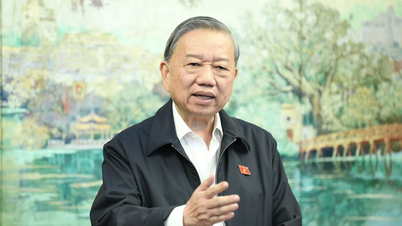


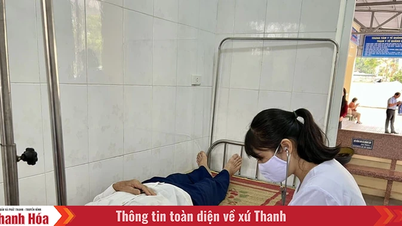







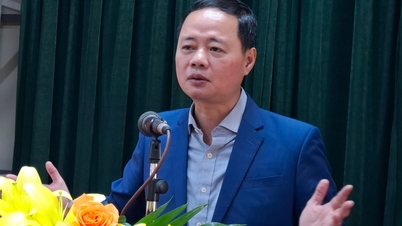
















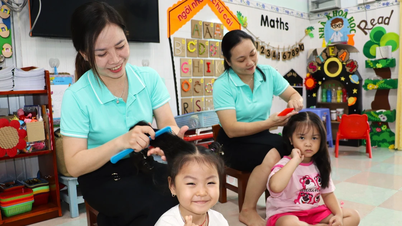

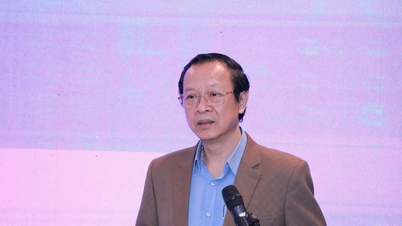










































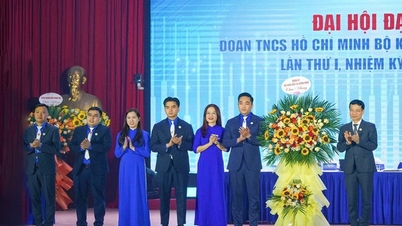




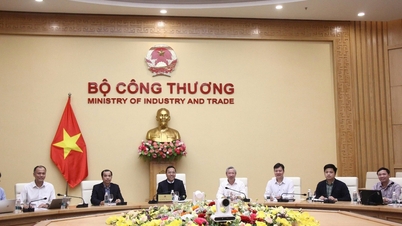





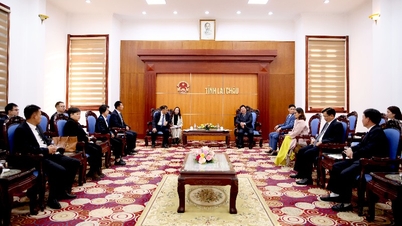




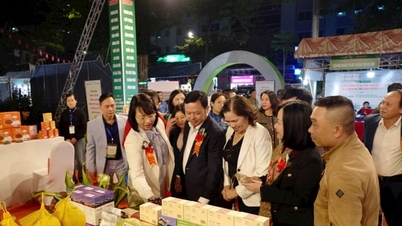









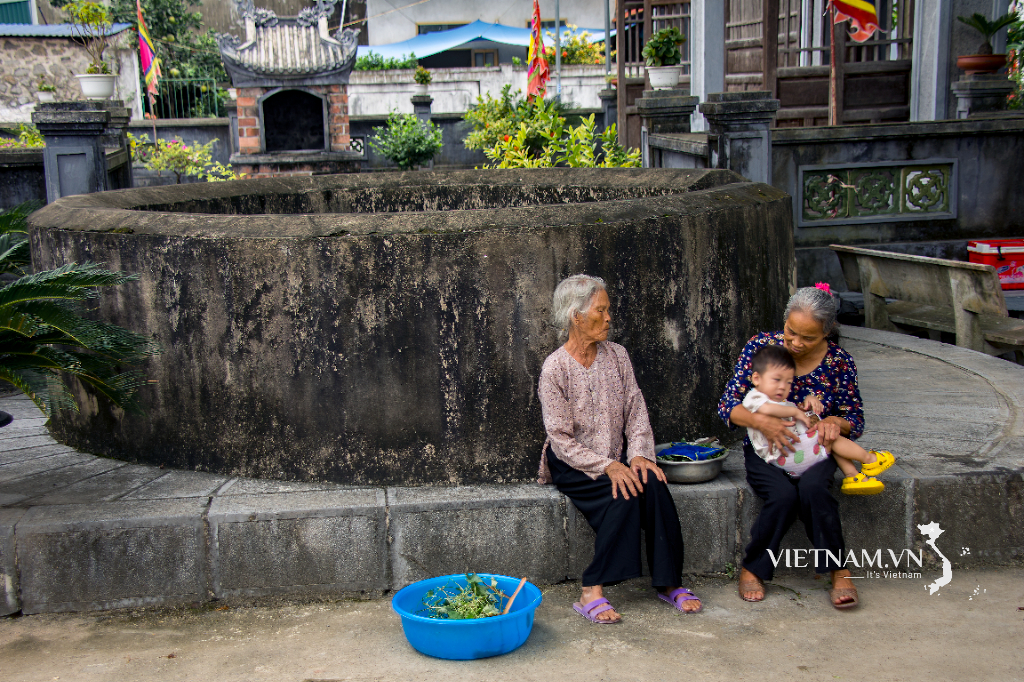


Comment (0)